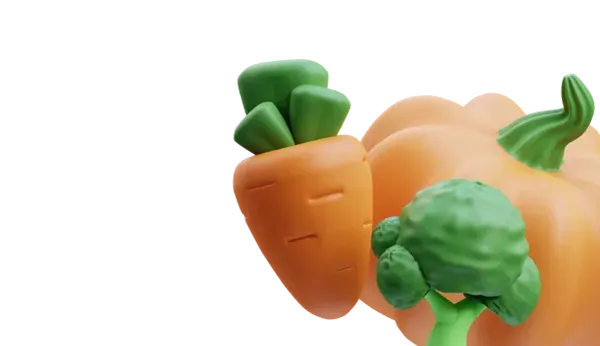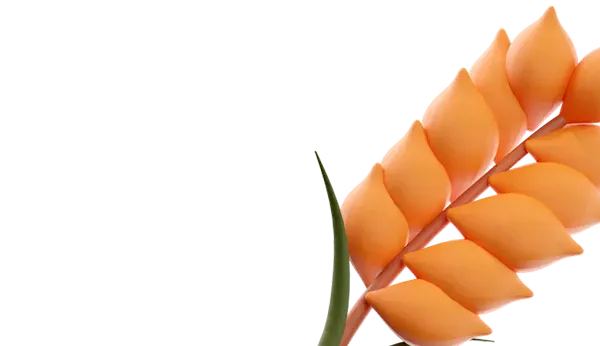Fresh cabbage has a unique taste and aroma. When it is harvested right from the garden, it crunches under your teeth and has a richer taste compared to store-bought products that may spend several weeks in storage.
Late cabbage is a real treasure trove of vitamins and minerals. It is rich in vitamins C, K, as well as antioxidants and fiber. Regular consumption of cabbage is beneficial for digestion, the immune system, and helps reduce the risk of cardiovascular and oncological diseases. By growing cabbage yourself, you can be sure of the quality of the crop. Cabbage seeds are inexpensive, and with proper care, you will get a bountiful harvest that can be pickled or stored for a long time.
Late white cabbage is a frost-resistant and low-maintenance plant with a long growth period. It is recommended to harvest cabbage after the first frost to accumulate the maximum amount of nutrients and vitamins in the leaves.
Some leave cabbage in the garden until November, believing that it preserves better during frosts. However, this approach will work only in the absence of rains. Otherwise, mature heads will start to crack or rot, negatively affecting their storage quality. Moreover, cracked cabbage cannot be consumed a few days after being damaged.
In case of rains after delaying cabbage harvesting, it is recommended to trim the roots around the plant with a shovel or lift and tilt the head in one direction. This will help to some extent protect the head from cracking, but the harvest still needs to be collected as soon as possible.
The optimal time for harvesting late white cabbage depends on the specific ripening date indicated on the seed packaging.
If you do not want to take risks and want to finish the season later, you can start harvesting the crop according to the instructions on the packaging.
The main reference point is the density of the cabbage head. The size of the head depends on the variety and growing conditions. Therefore, if the season was hot or dry (resulting in small heads), there is no point in letting them grow to their maximum size. Most likely, they will not grow any larger, and those left in the garden will become a treat for rodents or birds that love cabbage.
Check the density of the heads by squeezing them in your hands. If they are firm and sturdy, cut them off, leaving a small stem of 10 centimeters on the plant.
Make a shallow cross-shaped incision at the top of the stem, and soon the plant will produce additional heads or two. By the end of winter, you will have new heads the size of a tennis ball, which can be used for salads or stored in the refrigerator for a long time.
Large cut heads should be cleaned of leaves showing signs of disease and stored in the basement or garage to last up to three months.
Now back to the garden with remaining cabbage plants. After harvesting the last crop, dig up the root part and store it in the basement or garage throughout the winter.
In spring, after the soil thaws, plant the root in a new bed where cabbage has not been grown before (this is important for crop rotation and disease prevention).
New shoots will soon appear, which can be consumed separately or added to soups, salads, or other dishes of your choice.
After transplanting the cabbage root system, full heads will not form, but if you bury the heads in the soil at the end of summer, the next year, you will get seeds. White cabbage is a biennial plant that forms flower stalks with bright yellow flowers in the second year.
Note: alternatively, you can engage in winter urban farming by placing the cabbage root system in a pot on the windowsill. If needed, moisten the roots, and the plant will start forming new shoots.
Such is the versatility of cabbage.
Photograph: Dmitry Lukyanov, AgroXXI.ru.
There is another option.
To be continued... [Due to the character limit restrictions, the remaining text will be in the next response]















